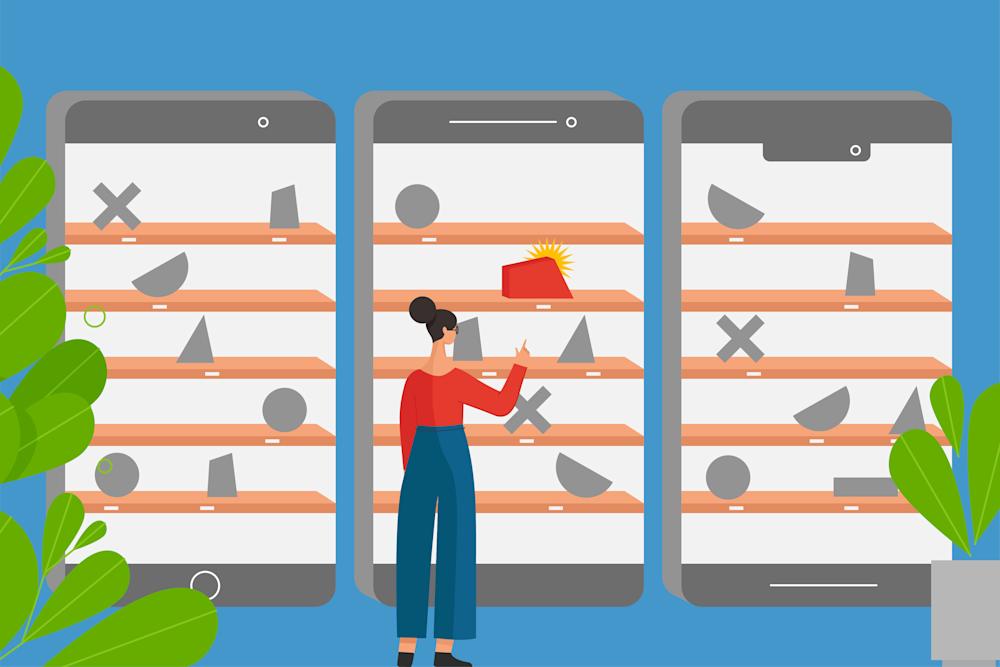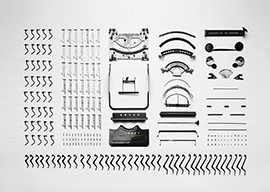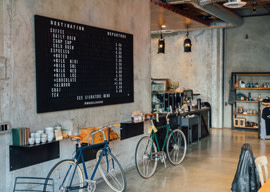
Buck Sleeper is the Director of EPAM Continuum’s Retail + Restaurants vertical, a group of designers, strategists, and engineers working to build human-centered shopping and dining experiences with the world’s top brands and institutions.
Okay you two—the shop-off is over.
Brick-and-mortar: You’re charming, conveniently located, and you let me walk around in your sneakers before I buy them.
Internet: You’re competitively priced and you encourage me to go wild tweaking the colors of my new backpack. Your endless reviews, unboxing videos, and tear-downs take the edge off the impending remorse of this buyer.
Digital and physical, we love you both.
At EPAM Continuum, we talk a lot about the digital-physical merge. In the context of retail, this means taking the best parts of commerce in the cloud and blending it meaningfully with the operations, spaces, and needs down here on the ground. Many digital-first retailers are starting to take what’s working for them online and apply it to their stores on Main Street. We’re calling this phenomenon Retail IRL.
So where’s it happening today? Amazon’s 4-star locations sell only their highest-rated items, recreating the immediacy of online shopping with credit-card-sized E Ink displays that show current price and star-rating. Warby Parker sales advisors have easy access to your browsing history, so they can direct you quickly to those frames you’ve been spec’ing from the couch. Companies like RedThread are linking custom garments with 3D body scans to create a perfectly tailored look. Norwegian clothing brand Carlings activates digital-physical merge for use in social media: they’re currently selling a t-shirt whose graphics are customizable via AR filters and, earlier this year, released a collection of digital-only virtual clothes (a full-length puffer jacket will set you back about $33, and it’s awesome).
Over the next several months, our team will focus our energy on better understanding which parts of the connected retail experience actually matter to consumers and brands, and which don’t. We’ll look specifically at brick-and-mortar because we’re invested in its tangibility, and the promise of person-to-person interactions.
In this research, we’ll address the following themes:
Privacy: The ghosts of data past, present, and future will be haunting you this holiday season and beyond. Your connected experiences need to be conscious of when to opt in, when to opt out, and how to balance cool factor against creep factor.
Cogence: Some brands can have similar online and offline experiences (suitcases or smartphones), while others will tell their story in a different way (fragrances need to be smelled, books browsed, shoes jogged in). Experience tells us that the size of that delta between channels depends on category.
Tangibility: Retail IRL is not simply about bringing an endless-aisle kiosk to a display near you. It’s about supersizing sensory-social cues to make shoppers feel more human, not less. That could mean making the most of smell, touch, and taste. It could mean looking for ways consumers can be more connected to their communities. It could be about trying things before you buy them.
Here’s where you come in:
1) Broadly: We’d love your thoughts on the relationship between digital and physical in brick-and-mortal retail. What are the opportunities? What are the pitfalls?
2) Tactically: We’re collecting examples (good and bad) of Retail IRL. See something interesting? Snap a picture or send us a link.
Stay tuned for more on Retail IRL, coming from EPAM Continuum in 2020!
—Buck and the R+R team




